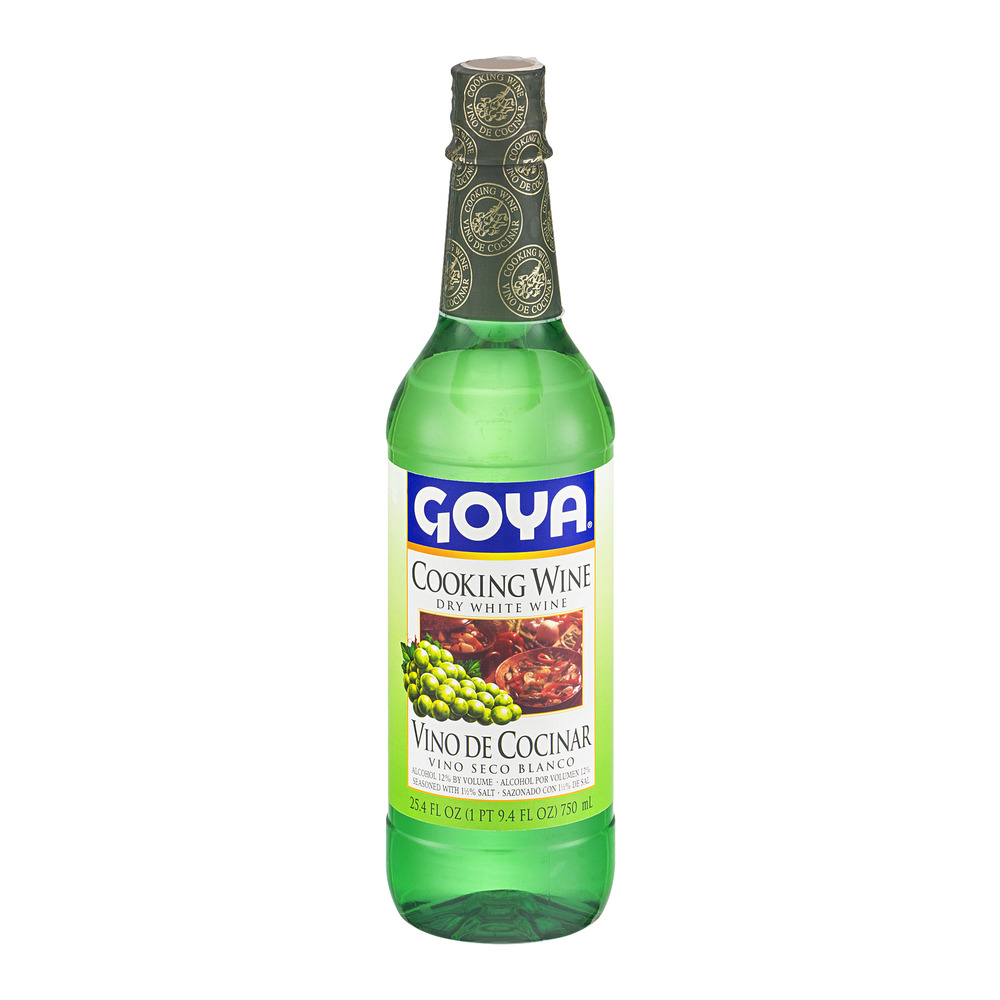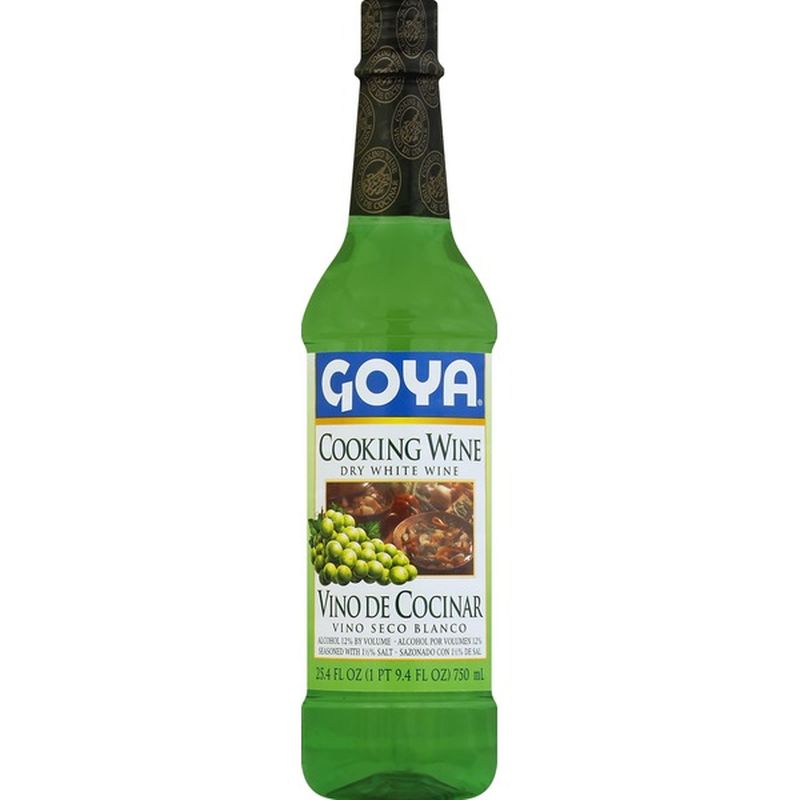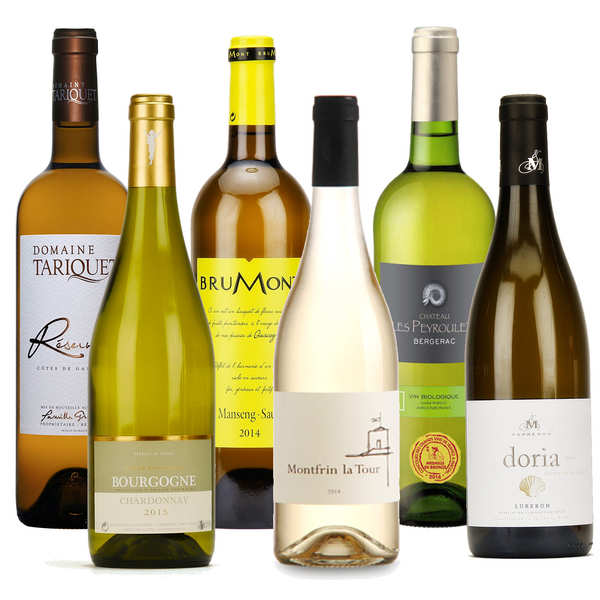

Fortunately, proteins found in meat and dairy soften tannins like milk does in tea. When you are cooking with red wine, watch out for tannins, as when concentrated in a reduction sauce, they can become harsh. So when thinking ahead try and buy an extra bottle so you can cook and enjoy it. Then it can be a good suggestion to serve the same wine with dinner in which you used to make the dish.

If your recipe is packed with onions, carrots and tomatoes, there will be plenty of sugars in the dish, so cooking with a light-medium dry red or a full-bodied white wine can combine well. For delicate fish or vegetables, a dry non-oaked wine is ideal. This is especially crucial when cooking with white wine. When cooking with wine consider the components in each wine. Then a dish with a light or creamy sauce calls for a drier, lighter style wine or a fuller-oaked wine. For example, a dish heavy on the spices usually needs a full-bodied wine to stand up and not be over powered by the flavours. It is important to consider not only the primary ingredient, but also think about the way the dish is prepared when choosing a wine to use in cooking or to serve at the table. ❖ For the more serious chef you might also like to consider the preparation of the dish. So a general guideline when looking to choose a wine to cook with, is that a light-flavoured wine goes well with delicately flavoured foods - and a fuller style wine will go well in a bold flavoured dish. The tannins along with any remaining alcohol cut through the fats in the meat and release the flavours in the dish and help ready the palate for the next mouth-full. The tannins in red wines pair well with strong flavoured, rich dishes, like a prime cut of steak. Tannin's generally found in red wines this refers to the bitter element (similar to the bitterness you can find in a strong cup of green tea). Acid can help bring out the natural flavours in a mild food, such as fish (have you ever thought why fish is often served with an acidic wedge of lemon). A wines natural acidity or sharp bite should be thought of much like you would experience with lemon juice or vinegar. Then you need to take into account the level of tannins and acidity in the wine. So look to choose a style of wine depending on the primary flavours you want in the dish you are making. In contrast, the sweeter wines still contain a larger amount of natural unfermented sugars from the grapes. Though it should be noted that since wine does not have a large amount of alcohol to start with (typically 12% - 15% Alc./vol.), the level of alcohol remaining in a dish is generally not a problem for most people to consume.Ī very dry wine has very few natural sugars remaining after fermentation, and can be higher in alcohol. After one hour, approximately 25% remains and after 2½ hours, around 5% will remain. For example if a dish is cooked, baked or simmered for 15 - 20 minutes, approximately 40% of the alcohol will remain in the liquid-sauce. The longer or more slowly you cook with wine, the more alcohol that will evaporate.

Wine can be used in baking, as certain types of cakes, using wine or typically sherry in place of some of the fat or oil, not only lightens up the cake but adds complimentary flavours.

Example of dry white wine for cooking plus#
Plus the wine-based marinade helps keep meat, poultry and also seafood moist while it cooks. Wine is a great ingredient in marinades, as wine is basically an acid ingredient (which helps tenderize the outside of the meat) and it has a lot of flavour. For example when cooking fish or chicken - you can add wine to the frying-pan while the dish is simmering, or drizzle the ingredients with a tablespoon or two of wine and bake it in a tin-foil package. So why cook with wine? Wine helps cook and add flavour to a dish, as you can add flavour and moisture to a dish without adding fat, when cooking with wine. It is worth the investment in thinking carefully and to a slight degree in the price - to buy a quality, well-made, balanced wine. A poor quality wine can spoil a simple dish and utterly debase a splendid one. A poor quality wine with sour or bitter flavours will only add those same flavours to the dish. I am sure most of you have heard the phrase - 'never cook with a wine that you wouldn't drink yourself'.


 0 kommentar(er)
0 kommentar(er)
